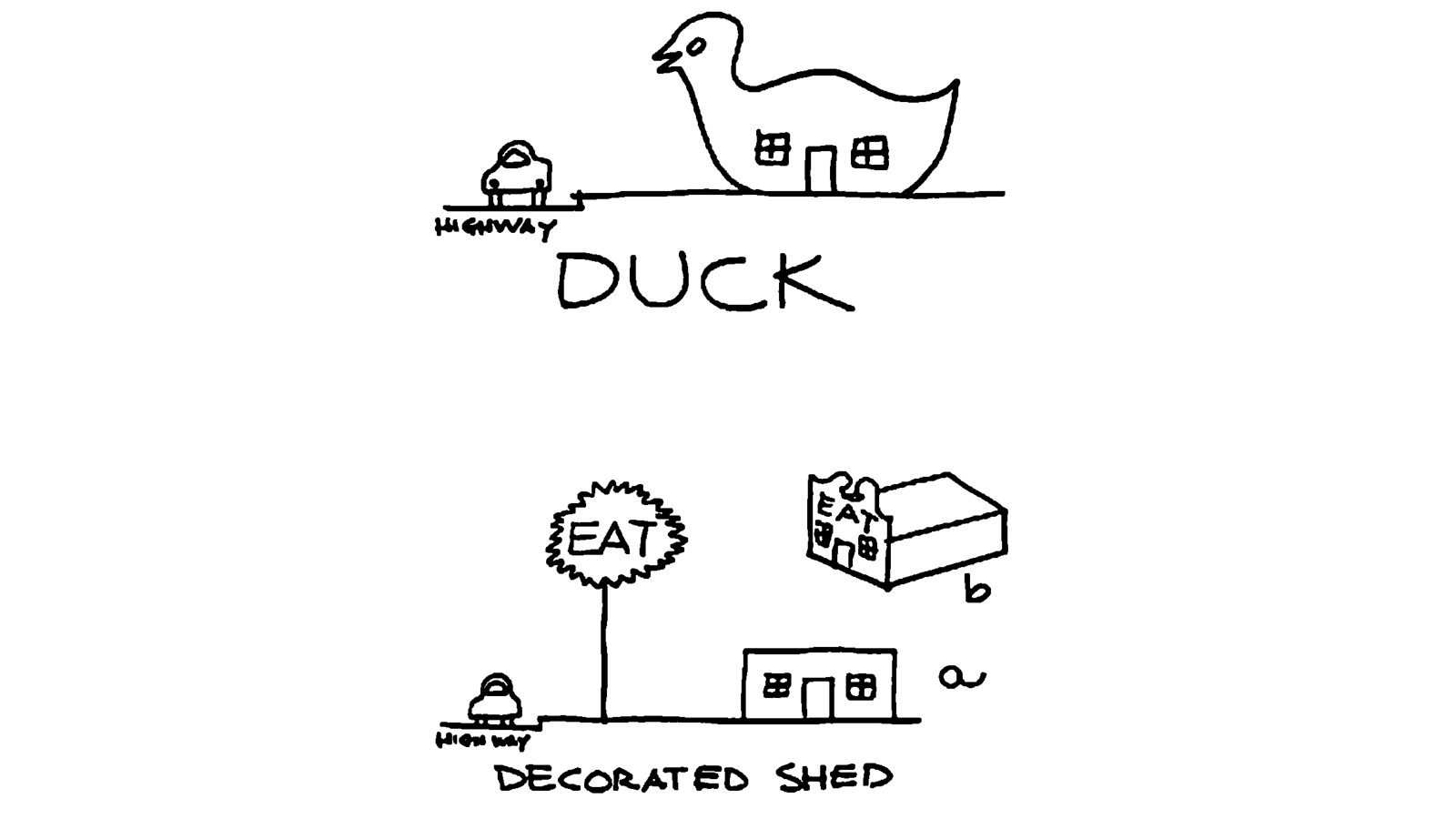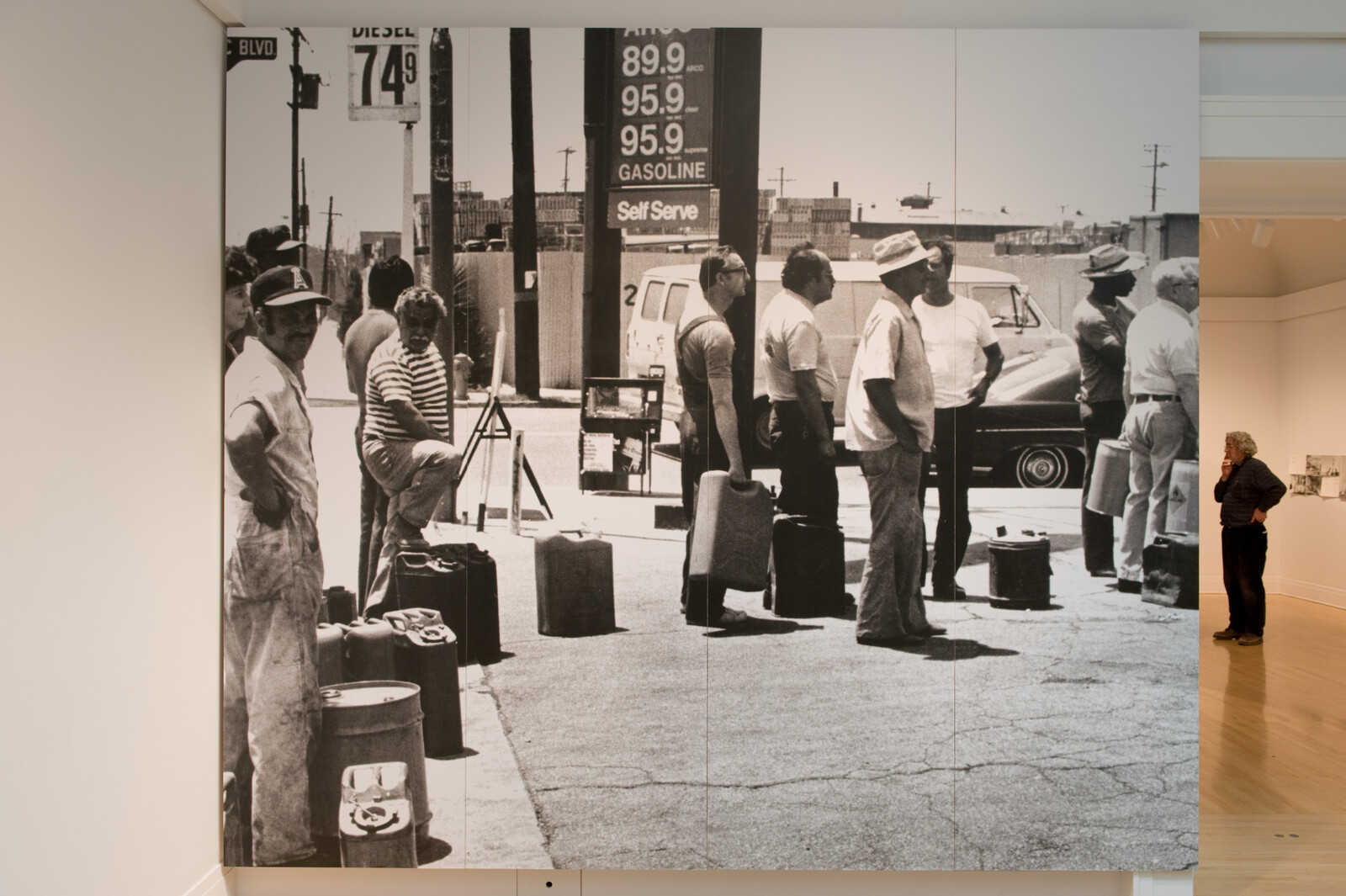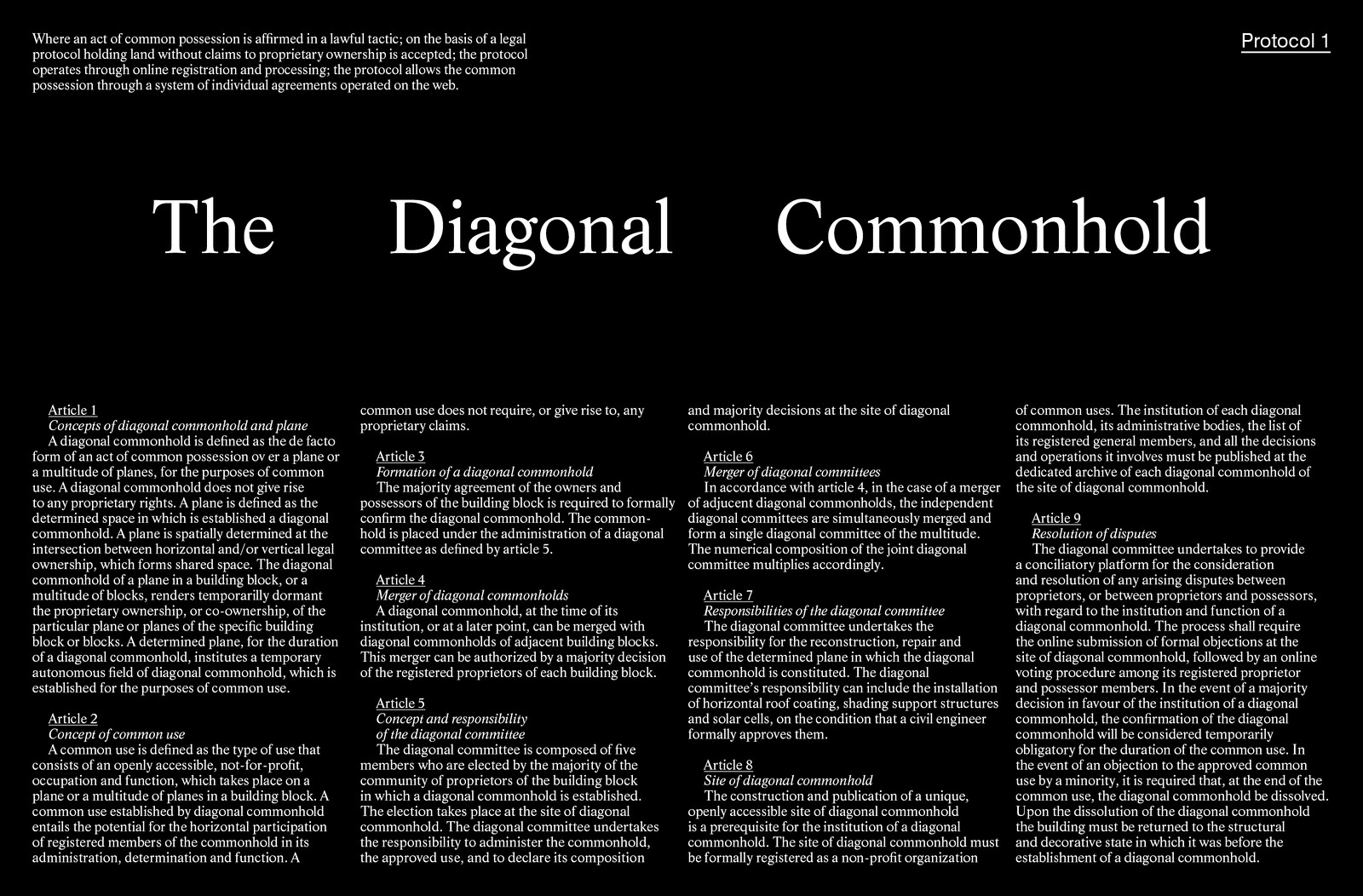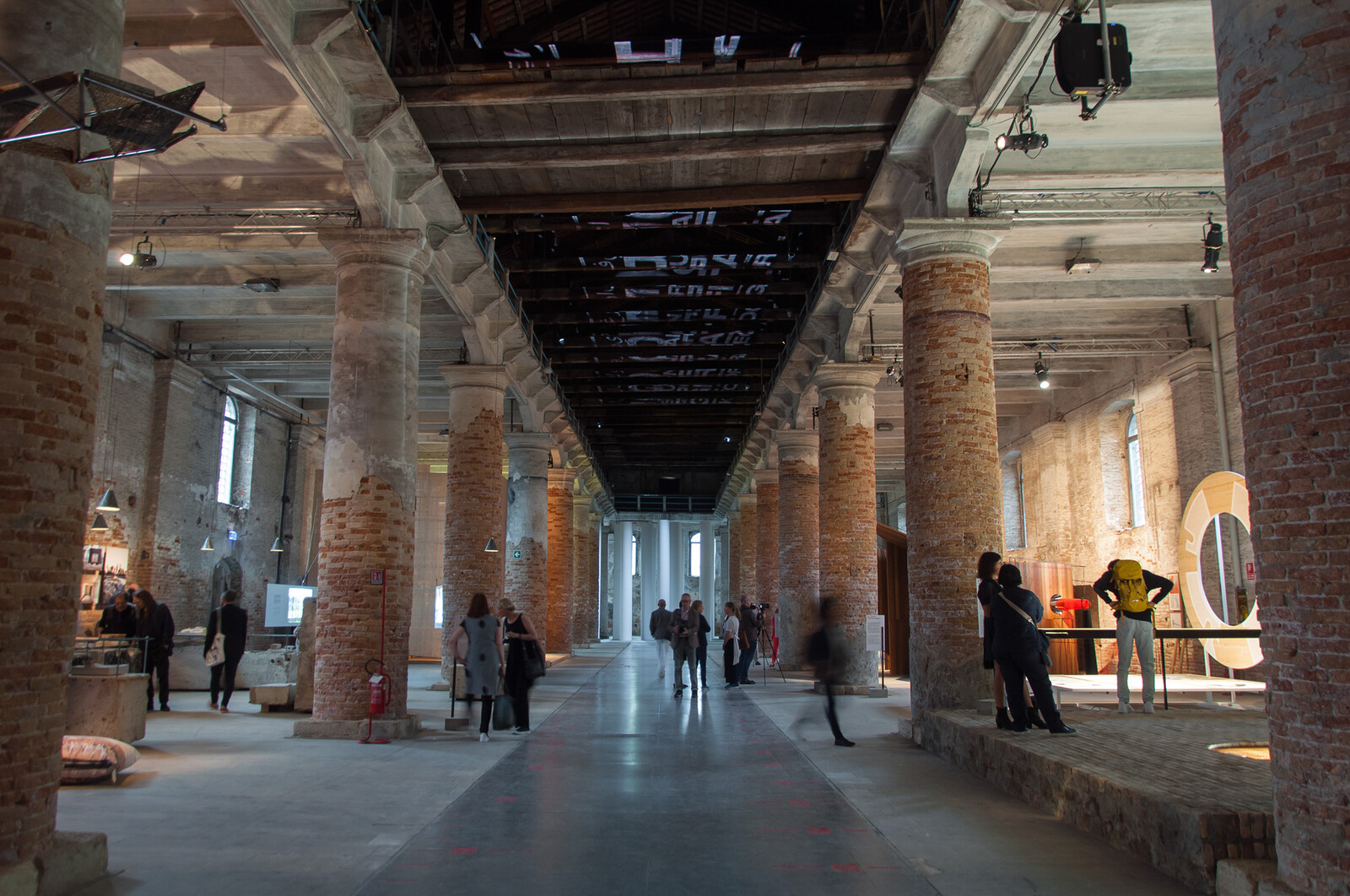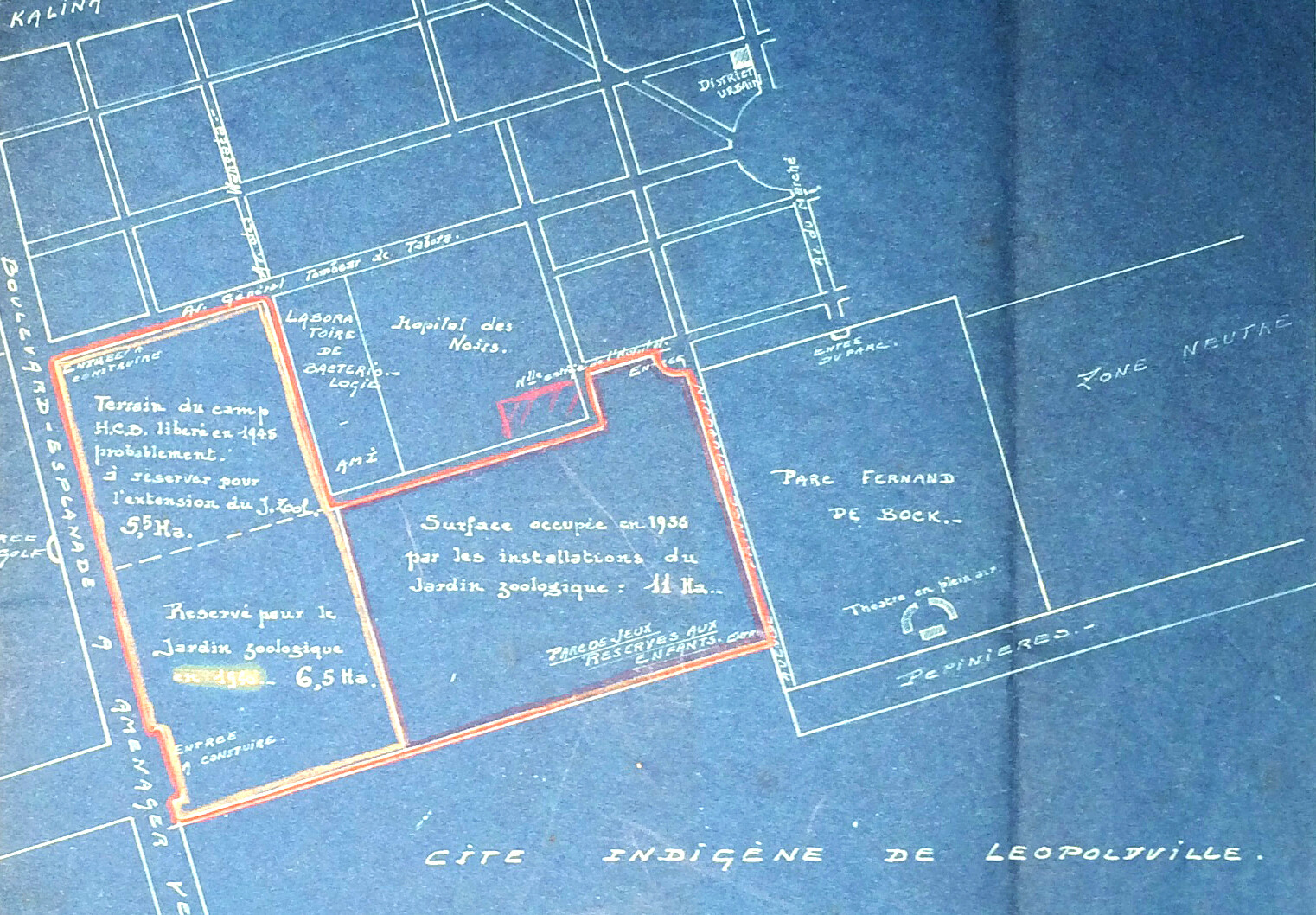Computers are machines: so we tend to think they work like all the other machines we know. They don’t. Computers are a new kind of machine. They do not work like any other machine we have ever seen during the modern age and the industrial revolution. Computers are post-industrial, post-modern, post-scientific machines. If we use computers to make physical stuff, computers follow a technical logic that is the opposite of that of the industrial age. And if we use computers to process information, computers follow a scientific logic that is the opposite of that of modern science. Computers make stuff the way a good artisan workshop could, not the way any modern industrial factory would. And computers calculate and design objects the way a very smart artisan could, not the way any modern engineer or scientist would. In short, both as tools to make and as tools to think, computers are closer to the traditional, pre-industrial way of doing things, than to the modern, scientific, industrial world as we know it, or knew it—a world that is already falling apart, all around us, precisely because digital tools have started to destroy all its technical, social, and economic foundations.
Artificial Intelligence is one of the most disruptive, revolutionary innovations of all times. The new science of computation is, simply, the reverse and nemesis of the scientific revolution that started with Galileo and Newton, and indeed of all Western science derived from Aristotelian, Euclidian, and Scholastic premises: a vast and controversial subject that demands a separate discussion.1 To the contrary, the economic principles underpinning a digital design-to-production workflow have been known for almost thirty years, and the reasons why digital manufacturing and industrial production follow opposite technical logics are now largely understood. The technical logic of the industrial world is based on mass-production and economies of scale. Most tools of industrial mass-production use casts, molds, dies, or other forms of mechanical matrixes. Think of a traditional printing press: any matrix used to stamp a copy (an engraving, woodcut, or metal plate, for example) costs money, hence once a matrix is made it makes sense to keep using it to print as many copies as possible, and amortize its cost. This is the logic of industrial standardization: the more identical copies we make, the cheaper each copy will be.
Digital fabrication, however, doesn’t work that way. In its pure, archetypal form, digital fabrication—either subtractive or additive—does not use mechanical matrixes, casts, or molds. Without mechanical matrixes, there is no need to repeat the same form in order to amortize the cost of the production set-up, hence every piece, when digitally made (milled or 3D printed, for example), is a one-off: making more identical copies of the same item will not make any of them cheaper; making all of them different will not make any of them more expensive. Standardization no longer saves money, and individual variations no longer cost money: just like thirty years ago we learned that, using a digital laser printer, we could print 100 identical copies of the same page, or 100 different pages, at the same unit cost, today we know that we can 3D print 100 identical copies of the same chair, or 100 different chairs (albeit different within given limits) at the same unit cost. An economist would say that in a fully digital production workflow the marginal cost of production is always the same. Economies of scale do not apply to digital manufacturing: using a digital design-to-production workflow, the production cost per unit in the most humongous factory, designed to churn out one billion identical pieces per day, and in a digital workshop at the corner of the street, meant to make a few different pieces every now and then, is theoretically the same. As a result, standardized, centralized production is no longer either needed or warranted.2 Digital mass-customization, or the mass-production of different pieces at the same unit cost, is the universal technical and economic logic of digital manufacturing—the default mode of use of all digital tools.
Additionally, as the costs of electronic computation have been steadily decreasing for the last forty years at least, many have recently come to the conclusion that, for most practical purposes, the cost of computation is asymptotically tending to zero. Indeed, the current notion of Big Data is based on the assumption that an almost unlimited amount of digital data will soon be available at almost no cost, and similar premises have further fueled the expectation of a forthcoming “zero marginal costs society”: a society where, except for some upfront and overhead costs (the costs of building and maintaining some facilities), many goods and services will be free for all.3 And indeed, against all odds, an almost zero marginal cost society is already a reality in the case of many services based on the production and delivery of electricity: from the recording, transmission, and processing of electrically encoded digital information (bits) to the production and consumption of electrical power itself. Using renewable energies (solar, wind, hydro) the generation of electrical power is free, except for the cost of building and maintaining installations and infrastructure. And given the recent progress in the micro-management of intelligent electrical grids, it is easy to imagine that in the near future the cost of servicing a network of very small, local hydro-electric generators, for example, could easily be devolved to local communities of prosumers who would take care of those installations as their tend to their living environment, on an almost voluntary, communal basis.4 This was already often the case during the early stages of electrification, before the rise of AC (alternate current, which, unlike DC, or direct current, could be carried over long distances): AC became the industry’s choice only after Galileo Ferraris’s and Nikola Tesla’s developments in AC technologies in the 1880s.5
Likewise, at the micro-scale of the electronic production and processing of bits and bytes of information, the Open Source movement and the phenomenal surge of some crowdsourced digital media (including some so-called social media) in the first decade of the twenty-first century has already proven that a collaborative, zero cost business model can effectively compete with products priced for profit on a traditional marketplace. As the success of Wikipedia, Linux, or Firefox proves, many are happy to volunteer their time and labor for free when all can profit from the collective work of an entire community without having to pay for it.6 This is now technically possible precisely because the fixed costs of building, maintaining, and delivering these service are very small; hence, from the point of view of the end-user, negligible.
Yet, regardless of the fixed costs of the infrastructure, content—even user-generated content—has costs, albeit for the time being these are mostly hidden, voluntarily born, or inadvertently absorbed by the prosumers themselves. For example, the wisdom of Wikipedia is not really a wisdom of crowds: most Wikipedia entries are de facto curated by fairly traditional scholar communities, and these communities can contribute their expertise for free only because their work has already been paid for by others—often by universities. In this sense, Wikipedia is only piggybacking on someone else’s research investments (but multiplying their outreach, which is one reason for its success). Ditto for most Open Source software, as training a software engineer, coder, or hacker, takes time and money—an investment for future returns that in many countries around the world is still born, at least in part, by public institutions.
At the same time, the asymptotic abatement of the costs of computation has another major consequence, mostly undetected and unaccounted for to date, which goes in quite a different direction. Any operation of buying and selling has its own costs—transaction costs. These costs are mostly fixed, i.e. the cost of processing any given transaction is not much affected by the size of the transaction itself: the paperwork required to sell a batch of identical bottles, or to export them to another country, is more or less the same if the bottles being sold are 10, 100, or 100,000. Therefore, in order to amortize these fixed costs, once again it makes sense to aggregate supply and demand and to buy or sell in bulk as many items as possible. This logic however does not apply if the transactions are processed electronically, automatically, or algorithmically, and the cost of each transaction tends to zero. If each transaction costs nothing, the number of transactions we process to purchase any given number of items is irrelevant. In such an environment, we could buy one million identical bottles at the same time, or one bottle at a time one million times, at the same cost per bottle. Or, in other terms, buying one bottle, or ten, or one million in bulk, would not make any of them cheaper. Couple this with the normal state of affair resulting from the digital mass-customization of a design-to-production workflow: the result is an economic environment where both production and commerce are equally unaffected by size—a flat marginal cost society; a society without scale.
Add to this another consideration: if the fixed cost of a transaction is nothing, monetized transactions bearing on items that are worth very little, or almost nothing, become economically viable. This means that transactions that until now could only exist as gifts, without any monetary string attached, can now be effectively monetized: marketed, bought, and sold at a price. When the paperwork to rent a car could take one hour—as it did until not long ago, with a new pile of documents to read and sign each time, often showing up in person in the office of a rental car company—none dreamt of renting a car for less than one day. Today, when one has an account with a company like Zipcar, for example, the reservation and payment of the rental takes seconds—online. Hence, renting ten different cars for ten non-consecutive hours on Zipcar already costs more or less the same as renting the same car for ten consecutive hours—a pricing policy that ten years ago any salesman would have flagged as a rookie mistake. Today we can pay to rent a bike for twenty minutes—the typical transaction that until recently could only have occurred as a mutual favor among friends (“Can I take your bike? I’ll be right back”). And the same logic equally applies to micro-rentals of all sorts, which can now be managed at a level of granularity that until recently would not have made any economic sense—as each of these micro-transactions is worth, individually, so little. Plenty of such minute transactions can now be brought to market, which sure enough is already disrupting many long established traditional markets and their respective business models: that of the hospitality industry, for example; and the financial industry may be next in line.7
In short, all this points to a flat marginal cost society which is quite unlike the zero marginal cost society that some are predicting: due to the asymptotic abatement of the costs of computation we are heading towards a society without scale, not towards a society without costs. This will come as no surprise to the design professions: while we know that the costs of computation are declining, and possibly tending to zero, we are also well aware that that is not happening to the materials we need for building: steel or concrete cannot be pulled out of thin air the way solar power can, and no matter how much we recycle, building materials will always be in limited supply, hence expensive. Designers must learn to cope with a flat marginal cost society—a society where economies of scale have disappeared from production and commerce. This is a daunting task, because it upends all economic and social foundations of the world in which we live. To the contrary, the zero cost model (where all is free because all is plenty) may apply to the way we produce and deliver streams of electrons, either as carriers of data or of energy, but it is irrelevant to the production and delivery of physical stuff.
None of the above is unprecedented. Civilizations existed and thrived before the rise of industrial mass-production, before the rise of free markets, and before the rise of monetary economies. Digital libertarians and hacker communities have long taken inspiration from the economic and social model of the feudal commons— collectively managed patches of rural land where medieval peasants (commoners) worked not for pay but for benefits, based on covenants, agreements, and obligations. Indeed, the expression “digital commons” has been current for some time to refer to some of today’s digitally driven collaborative work environments, which are now increasingly viable due to the declining costs of electronic computation (and, soon, of self-generated electrical power).8 But while the feudal commons can be a precedent, or even a model, for a new economy without costs, it hardly relates to an economy of makers where artifacts are produced at non-scalable costs. In fact, more or less at the same time as the commons flourished in the feudal countryside, a new mercantile economy was about to be created within the fortified walls of late medieval cities, where a new breed of free artisans invented ex nihilo the rules of a new society based on manufacturing, and found new ways to manage and organize manual production in the absence of slave labor.
At a time when feudal land could be neither bought nor sold, but only inherited, some cities fought for and won privileges and franchises from their feudal lords, and on that basis established a new system of political and economic freedoms inside their walls: first and foremost, the freedom to choose an art or craft and learn it, then practice it as a free craftsman incorporated in one of the city guilds. Manufactured goods were independently bought and sold, but all aspects of production and commerce, including prices, were strictly regulated by the guilds, which also wielded most political powers in town: the late medieval city-states, or communes, were republics of makers, where citizenship itself (or the medieval equivalent of it) was the privilege of guild members—i.e. of citizens that could practice an art or craft. Starting in Italy and Germany, late medieval communes invented many economic and even spiritual building blocks of modernity: from the morality of profit under corporate rules (based on frugality, operosity, and the ethics of hard work) to the democratic checks and balances of corporate (i.e., guild-based) governance in republican city-states still nominally under feudal banners. Following the seminal work of Simonde de Sismondi, a Romantic Calvinist and member of Madame de Staël’s Coppet circle,9 this view of the fortified city-states of the late Middle Ages (burgi, in Medieval Latin) as citadels and beacons of an artisan economy still untainted by the evils of liberalism and capitalism was famously reinterpreted by Karl Marx, but the original vision of the virtues and values of an auroral, pre-industrial and pre-mechanical culture of making was equally influential for thinkers like John Ruskin or Lewis Mumford,10 for movements as diverse as the English Arts and Crafts or the reenactment of the medieval guild system in Fascist Italy in the 1920s and 1930s; the term “commune” itself has had vast resonance in modern political thought, from Marxists (communists) and anarchists to twentieth century hippies.
The power of city-states started to wither with the rise of the centralized neo-feudal states of early modern Europe, and the medieval walls and gates that bounded the jurisdiction of urban guilds were often the first victims of the new baroque order: baroque fortifications were made for territorial wars, not to protect cities. A bit later liberal thinkers, notably Adam Smith, argued that everyone, outside of a town or inside of it, should be allowed to make and sell anything at any price freely agreed between buyer and seller—in short, that markets should be freed from guild regulations. Then the industrial revolution came. At the end of the Middle Ages guilds already aimed at, and catered for, global markets: goods and manufactured products of all kinds traveled far and wide, and were sold across Europe. But, unlike commerce, the logic of artisan production always was, as it still is, alien to economies of scale: an artisan workshop will make one bottle, ten, or one hundred, almost at the same unit cost. Consequently, artisanal production is mostly made to order and to specifications, and the size of the real or virtual marketplace where these products are sold is irrelevant. On the contrary, any industrial outfit has a calculable break-even point: the upfront cost of the installation must be paid back by making and selling at least a certain number of products. Hence any factory requires a market of a certain size, and the bigger the factory, the bigger the economies of scale it can generate, so long as its market grows in the same proportion. The geopolitical flip side of the technical history of the industrial revolution is the permanent fight for size of all industrial marketplaces: bigger markets for cheaper products.
European nation states fulfilled and in some cases preempted this quest for size by expanding custom unions, and by enforcing the same technical standards across regions: an electric appliance made in Berlin must be usable in Bavaria, and must be allowed to ship from Bremen to Constance without having to pay excise duties every time the train crosses a city border. For some goods and products, colonies could be put to task in similar ways. The modern nation state rose in sync with some powerful cultural and ideological aspirations of the Romantic age, but its establishment and consolidation also aimed at balancing the costs and benefits of industrial mass-production: industrialization required markets of a certain size, and the right size for a nation state was that maximizing economies of scale for each class of industrial products. As artisan making cannot deliver economies of scale, artisan products were priced out of bigger and bigger markets; all technical premises and sociopolitical expressions of urban manufacturing then just ceased to be, and artisan cities were replaced by industrial nations.
We can understand how this story played out over time precisely because this centuries-old trend is now reversed by digital technologies. Just like artisan making, digital production is alien to economies of scale; moreover, as mentioned, the same scaleless logic now also applies to commerce. Industrial mass production needed regulations, and a regulator, to create markets big enough to break even; digital mass-customization doesn’t need that, hence can also do away with the regulators that were traditionally tasked to provide regulations and scale—first and foremost, the nation state.
A flat marginal cost, scaleless digital society has no technical need for scale at any size: the size of the market where the goods are sold is as irrelevant to digital commerce as the size of the factory where the goods are made is irrelevant to digital production. In fact, as the need to concentrate production facilities in dedicated, often remote locations will decline, and smaller, nimbler technologies may more easily fit into existing communities and their physical environments, towns and villages may become sites of production again, and sooner or later revitalized cities will also find adequate political means to wield their resurgent economic and productive clout. With the elimination of all technical and economic justification for the existence of a state in the size of a nation, some political associations and institutions will have to be reconfigured at different scales, better fit for new techno-social purposes: some likely much smaller than the nation state, some bigger. But national markets made to size for the cost structure of industrial mass production are gone forever: they are gone with industrial mass production itself. They belong with the assembly line, the coal mine and the steam engine; and they will not come back.
The prospect of a political and economic revival of city-states as independent powerhouses of digital manufacturing may appear remote. Yet the few city-states of medieval lineage that are still extant all seem to be doing well—even if for reasons often unrelated to those under consideration here: think of the Corporation of the City of London (a still functioning corporate commune); of the Swiss Confederation, to this day an alliance of independent corporate cities and rural communities ruled by direct democracy; or of some newly founded city- states, some post-colonial, as Hong-Kong or Singapore, some created on purpose as extra-territorial, deregulated enclaves (i.e., exempt from state regulations).11 At the same time, the implosion of the nation state we inherited from the industrial age is all but remote. Since the Brexit referendum and the election of Donald Trump as US President in 2016, the governments of the US and of the UK have announced, or started implementing, draconian plans to revive industrial production and to uphold national identity, based on unprecedented measures of economic protectionism and social xenophobia.12 But the level of human suffering and collective violence envisaged by the pursuit of such policies is not manageable within the normal framework of modern democracies, and it requires instead, and likely presupposes, the suppression of the rule of law, hence war—both civil wars within nation states and all-out wars against other nation states. After all, the establishment of the modern industrial world order took two world wars. It is unreasonable to expect that the demise of that same world order will be peaceful. Industrial technologies of mass production are being phased out because they are no longer cost-effective, due to technological change; but the nation state that rose with them will not go without a fight. Let’s hope that someone will survive to build upon its ruins, as medieval cities did after the destruction of the classical world.
See Carpo, The Second Digital Turn: Design Beyond Intelligence (Cambridge, MA: MIT Press, 2017). I discussed the technical logic of digital mass-customization and its implications for design and manufacturing in The Alphabet and the Algorithm (Cambridge, MA: MIT Press, 2011); see in particular chapter 3, 81–106.
Alongside the scaleless technical logic of digital mass-customization, as discussed here, other logistical factors speak against the centralization of a digital design and fabrication workflow: a small digital workshop can use local materials and locally sourced electricity, but can profit from data, design, intelligence and expertise drawn from any remote source at zero cost. Additionally, today’s robotic manufacturing is increasingly versatile: robots can be given different tasks to be kept busy around the clock—unlike traditional industrial machines, which must repeat the same operation many times over, or be kept idle. A robotic fabrication set-up can be easily reconfigured to carry out a variety of different operations, further abating the fixed costs of the installation without any need for scale.
See in particular Jeremy Rifkin, The Zero Marginal Cost Society. The Internet of Things, The Collaborative Commons, and the Eclipse of Capitalism (New York: Palgrave Macmillan, 2014).
Ibid., 97–106.
Due to the availability of AC transformers as of the mid-1880s, AC (unlike DC) could be converted into high voltage to be carried over long distances, then reconverted into low voltage for local distribution. Electricity could then be mass-produced, even far from cities or factories, in the pursuit of economies of scale or of available resources (hydro power).
See Eric S. Raymond, The Cathedral and the Bazaar: Musings on Linux and Open Source by an Accidental Revolutionary (Beijing: O’Reilly Media, 1999); Howard Rheingold, Smart Mobs. The Next Social Revolution (Cambridge, MA: Perseus Publishing, 2002), in particular chapter 2, “Technologies of Cooperation,” 29–62; Rifkin, The Zero Marginal Cost Society, 210–15.
Carpo, The Second Digital Turn (2017), chapter 5.
It is not known who and when started to invoke the medieval commons as a precedent and an inspiration for collaborative spirit of the Free Software and Open Source movements. Eric Raymond’s seminal The Cathedral and the Bazaar (printed in 1999 but circulated on the internet since 1997) refers to the medieval cathedral as an example of closed design—the opposite of the bazaar which Raymond sees as a model for digital hackerdom. Raymond also relates the future of intellectual property on the internet to the legal precedent of homesteading (the appropriation of a common natural resource by an act of labor, which leads to enclosure; i.e., the exact opposite of what today’s “digital commons” are meant to stand for: The Cathedral and the Bazaar, 1999, 76–77). Jeremy Rifkin traces the contemporary, libertarian rediscovery of the medieval commons to his book Biosphere Politics (1991), which however referred to the common ownership of natural resources, not to the IP issues brought about by the development of digital technologies, barely nascent back then (The Zero Marginal Cost Society, 2014, 189–200, 202). Howard Rheingold may have been the first to claim, verbatim, that “The internet was built to function as a commons,” and to relate the medieval commons to “the hacker ethic” and to “tomorrow’s technologies of cooperation” (Smart Mobs, 2002, 48).
Jean-Charles Léonard Simonde de Sismondi, Histoire des républiques italiennes du moyen âge (Paris: H.Nicolle, then Treuttel et Würtz, 16 volls., 1809–1818).
See first and foremost John Ruskin, The Stones of Venice (1851–53), on the economic and spiritual decline of a mercantile republic when it abandons its pristine, Christian ethic of work to turn into a hereditary aristocracy; for Lewis Mumford, see in particular The City in History (1961), chapters 10–12, on the invention of corporate liberties in medieval cities and their eradication by baroque absolutism and neo-feudal regional states.
See Keller Easterling, Extrastatecraft: The Power of Infrastructure Space (London: Verso, 2014), 25–69.
As epitomized in US President Donald Trump’s inaugural speech on January 20, 2017: “Buy American, hire American.” Since the start of the Brexit negotiations the UK government, with the approval of the UK Parliament, and without any audible protestation from the Labour Party, has threatened (or formally refused to rule out) the deportation of up to 3.3 million legal residents of the UK because they were born in some European countries.
Positions is an independent initiative of e-flux Architecture.
An earlier version of this essay was published in Imminent Commons: Urban Questions for the Near Future, Seoul Biennale of Architecture and Urbanism 2017, eds. Alejandro Zaera-Polo and Hyungmin Pai (Barcelona: Actar, 2017), 302–309.
Positions is an independent initiative of e-flux Architecture.
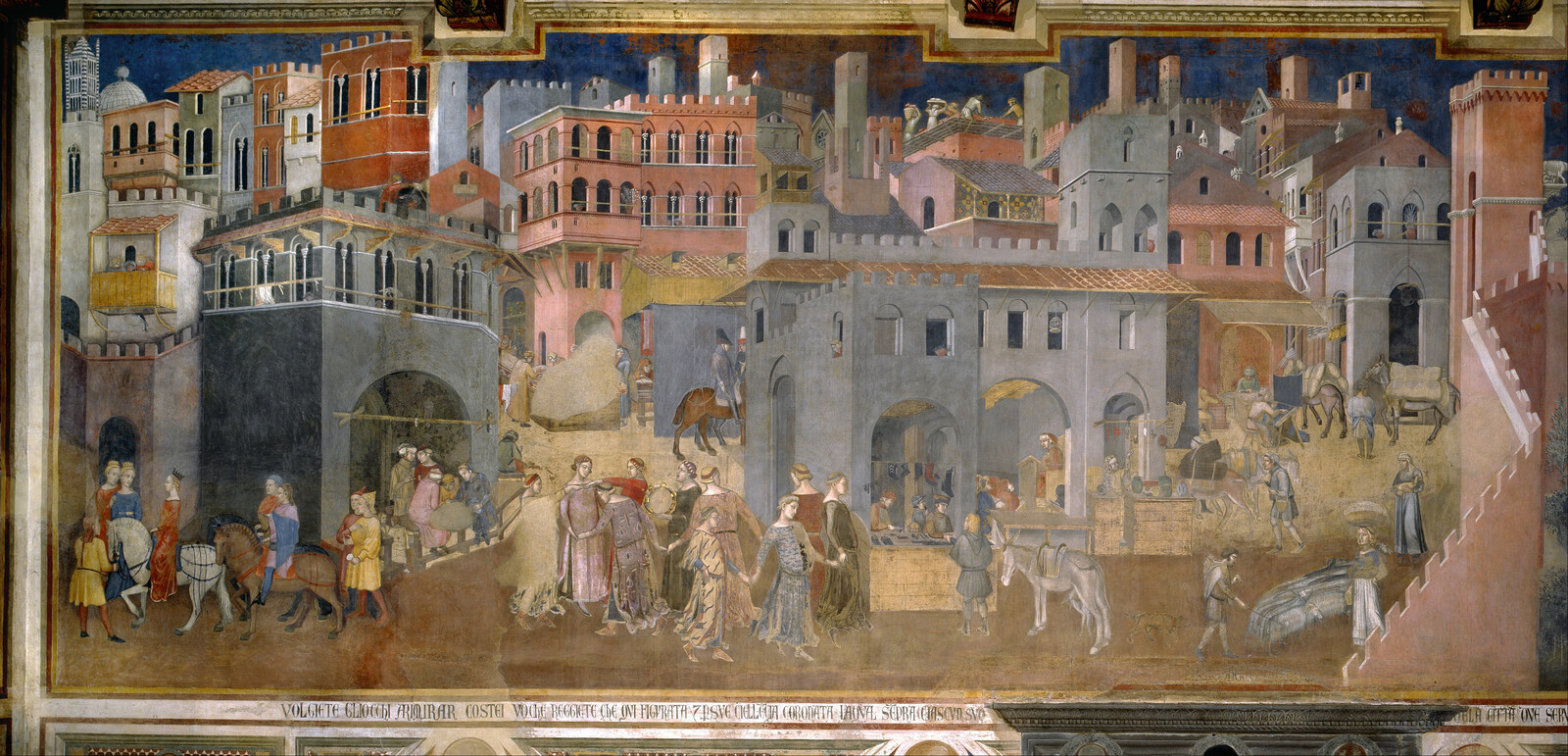











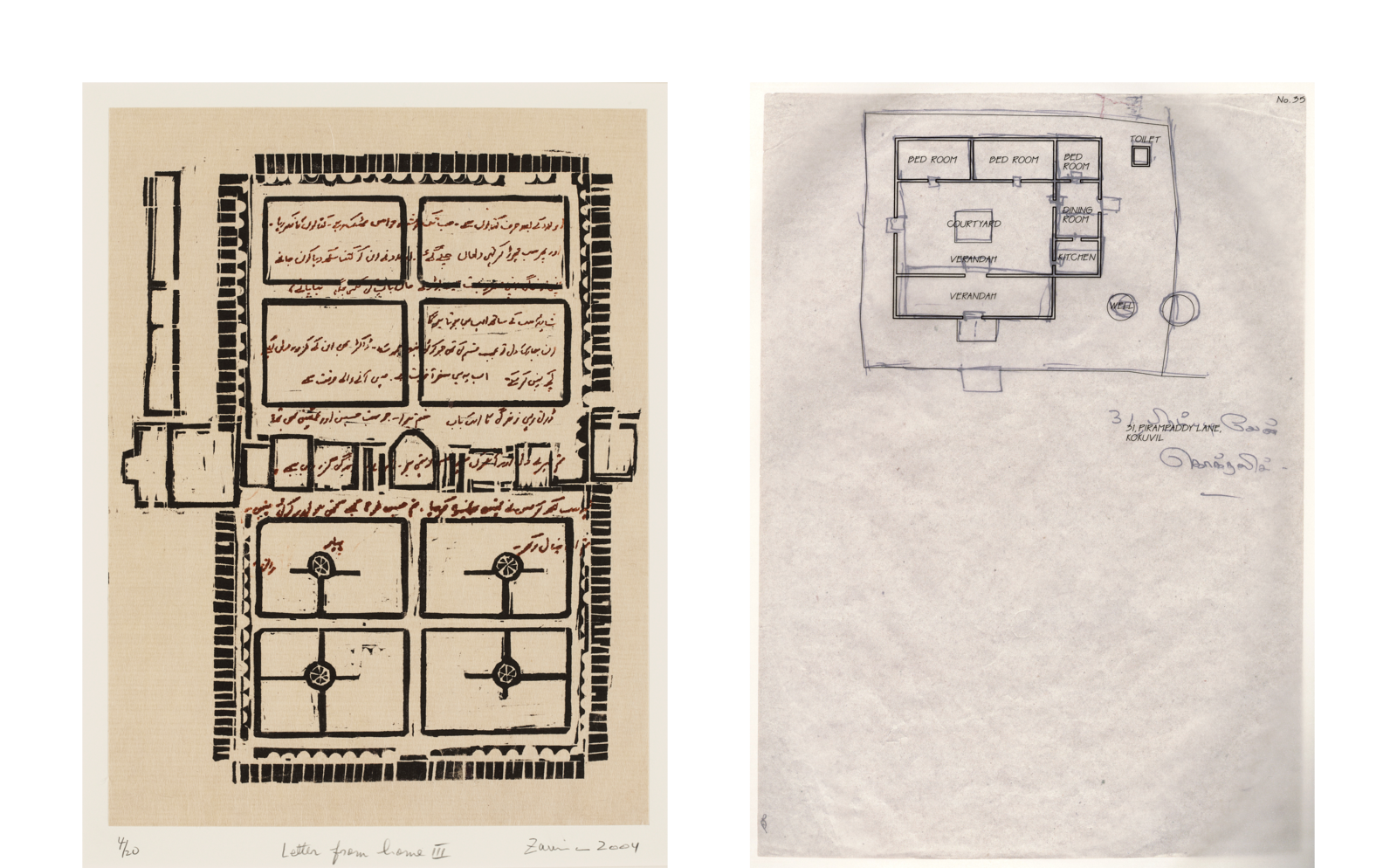











(2014).jpg,1600)






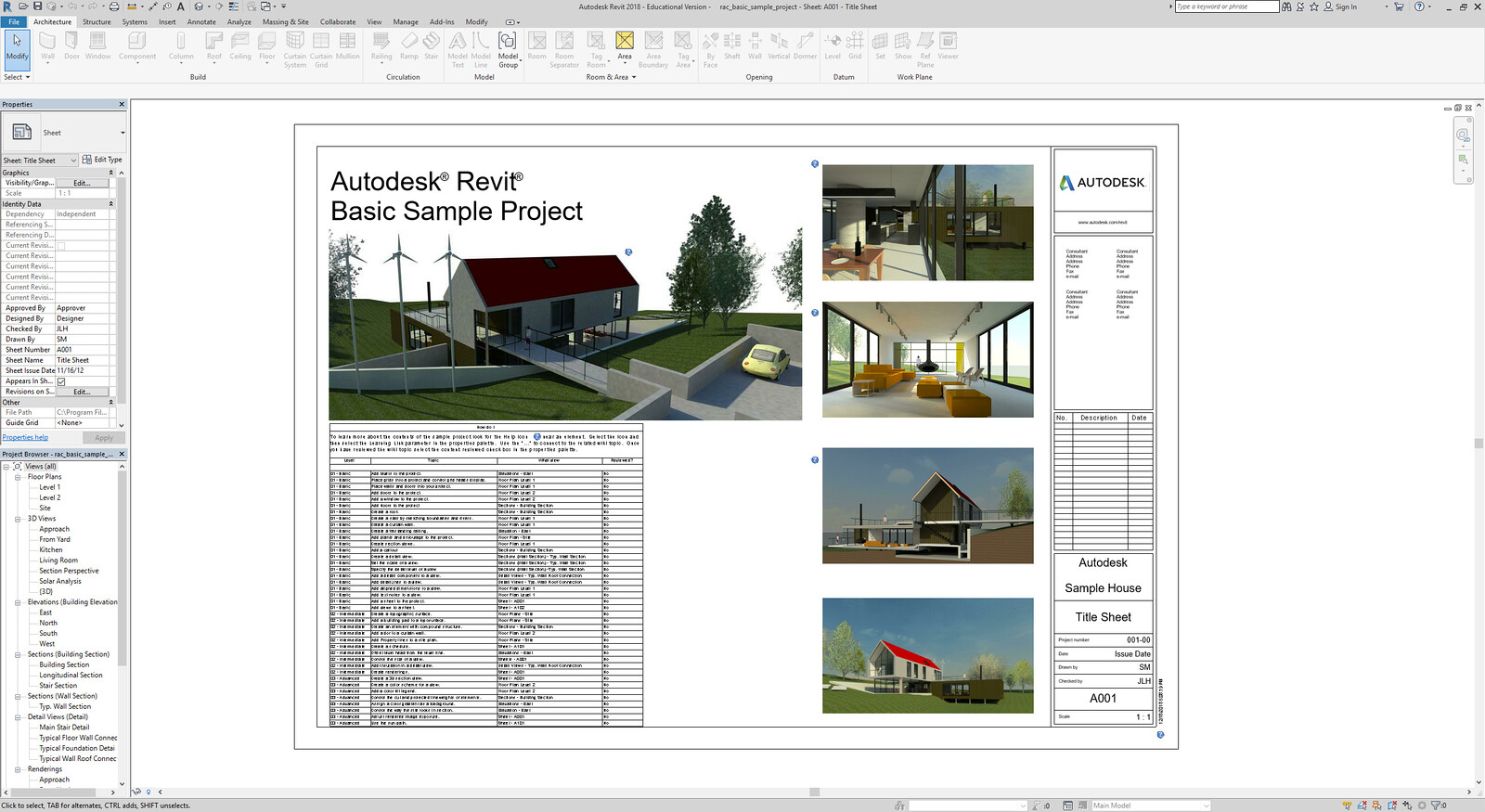




,-2003,-srgb.jpg,1600)
